本文主要是介绍如何在iPad上的Dock中添加应用,希望对大家解决编程问题提供一定的参考价值,需要的开发者们随着小编来一起学习吧!
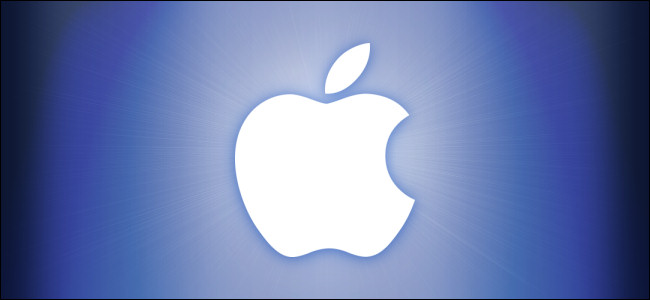
The iPad’s dock makes launching favorite apps and multitasking easy because you can access it from everywhere with a simple swipe. With just a few easy steps, you can add any app to the dock. Here’s how.
iPad的底座使启动喜爱的应用程序和多任务处理变得容易,因为您可以通过轻扫从任何地方访问它。 仅需几个简单的步骤,即可将任何应用添加到扩展坞。 这是如何做。
为什么要使用Dock? (Why Use the Dock?)
The dock is a collection of favorite app icons at the bottom of the screen that is available with a swipe across any app. With the dock, you can easily launch your favorite apps. It plays an essential role in iPadOS multitasking, too. When using an app, you can bring up the dock and drag a different app onto the screen for Split View or Slide Over functionality.
扩展坞是屏幕底部收藏的应用程序图标的集合,可在任何应用程序上滑动即可使用。 使用扩展坞,您可以轻松启动自己喜欢的应用程序。 它在iPadOS多任务处理中也起着至关重要的作用。 使用应用程序时,您可以调出扩展坞并将其他应用程序拖到屏幕上以使用“拆分视图”或“滑行”功能。
Depending on your settings, your iPad dock may also display recently used apps, which can be handy for quickly finding apps you use often. (If you prefer, you can turn off multitasking in the Settings app.)
根据您的设置,您的iPad Dock可能还会显示最近使用的应用程序,这对于快速查找您经常使用的应用程序非常有用。 (如果愿意,可以在“设置”应用中关闭多任务处理。)
如何提起码头 (How to Bring up the Dock)
To open the dock anywhere on your iPad, whether you’re inside an app or on the Home Screen, swipe upward from the bottom edge of the screen slowly until the dock appears. Lift your finger once the dock is in place, and it should stay on the screen.
要在iPad上的任何位置打开扩展坞,无论是在应用程序内部还是在主屏幕中,请从屏幕底部向上缓慢滑动,直到出现扩展坞。 扩展坞到位后,请抬起手指,它应留在屏幕上。
Be careful not to swipe too far: If you keep swiping upward, you will launch the App Switcher. If you swipe upward too quickly, you will return to the Home Screen.
请注意不要滑动得太远:如果继续向上滑动,将启动App Switcher。 如果向上滑动太快,您将返回到主屏幕。
如何将应用程序添加到iPad基座 (How to Add an App to the iPad Dock)
Adding an app to the dock in iPadOS is easy. First, navigate to the page of icons on your Home Screen that contains the app you want to move to the dock.
在iPadOS中将应用程序添加到底座很容易。 首先,导航到主屏幕上的图标页面,其中包含您要移至扩展坞的应用程序。
Hold your finger down on any app icon until a small menu pops up. Tap on “Edit Home Screen”.
按住任意应用程序图标,直到弹出一个小菜单。 点击“编辑主屏幕”。
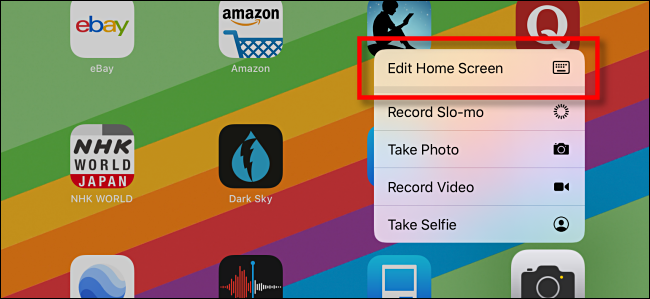
The apps will start wiggling, and some will have “X” circles in the upper left corner. That’s how you know you’re in edit mode.
这些应用程序将开始摆动,并且某些应用程序的左上角将带有“ X”圆圈。 这就是您知道自己处于编辑模式的方式。
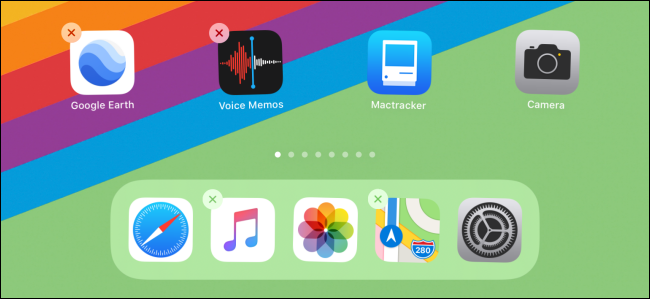
Place your finger on the icon you’d like to move to the dock, and begin to drag it toward the dock at the bottom of the screen. The dock will stretch out to make room for it, and you can choose the order of the icons in the dock by sliding the app icon around until you find the position you’d like. Then, release your finger to “drop” the icon into the dock.
将手指放在您要移至底座上的图标上,然后开始将其向屏幕底部的底座拖动。 扩展坞将伸出来为其腾出空间,您可以通过在四周滑动应用程序图标直到找到所需的位置来选择扩展坞中图标的顺序。 然后,松开手指将图标“拖放”到扩展坞中。
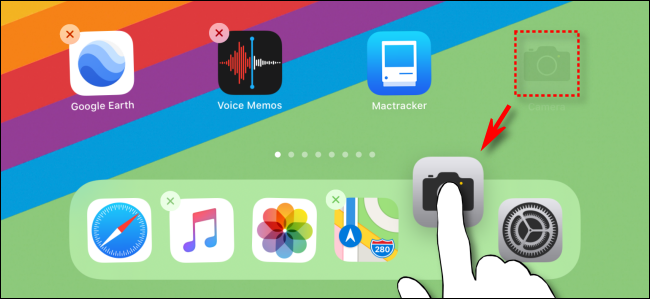
After that, tap on the small “Done” button in the upper right-hand corner of the screen (or press the Home button on iPads that have one), and the apps will stop wiggling. You have now exited Edit mode.
之后,点击屏幕右上角的小“完成”按钮(或在装有iPad的iPad上按“主页”按钮),应用将停止摆动。 您现在已退出编辑模式。
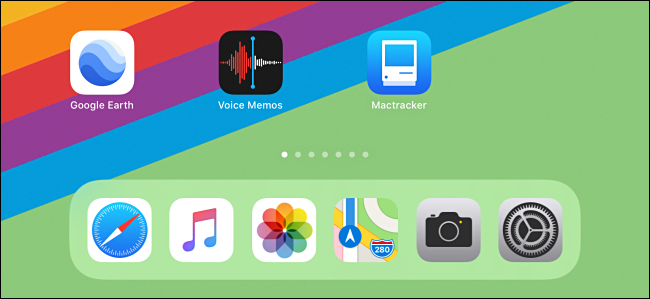
At any time, you can call up the dock and access the app(s) you placed there. Just swipe up from the bottom edge of the screen, tap on the app you’d like to run, and you’re in business.
您可以随时调用扩展坞并访问放置在该扩展坞中的应用程序。 只需从屏幕底部向上滑动,然后点击您要运行的应用,即可开展业务。
如何从iPad Dock删除应用程序 (How to Remove an App from the iPad Dock)
To remove an app from the dock on the iPad, repeat the process above, but instead of dragging an app icon into the dock, drag the icon out of the dock and back into the Home Screen. Simple and easy.
要从iPad上的扩展坞中删除应用,请重复上述过程,但不要将应用程序图标拖到扩展坞中,而是将图标拖出扩展坞并返回到主屏幕。 简单容易。
翻译自: https://www.howtogeek.com/661873/how-to-add-an-app-to-the-dock-on-an-ipad/
这篇关于如何在iPad上的Dock中添加应用的文章就介绍到这儿,希望我们推荐的文章对编程师们有所帮助!



